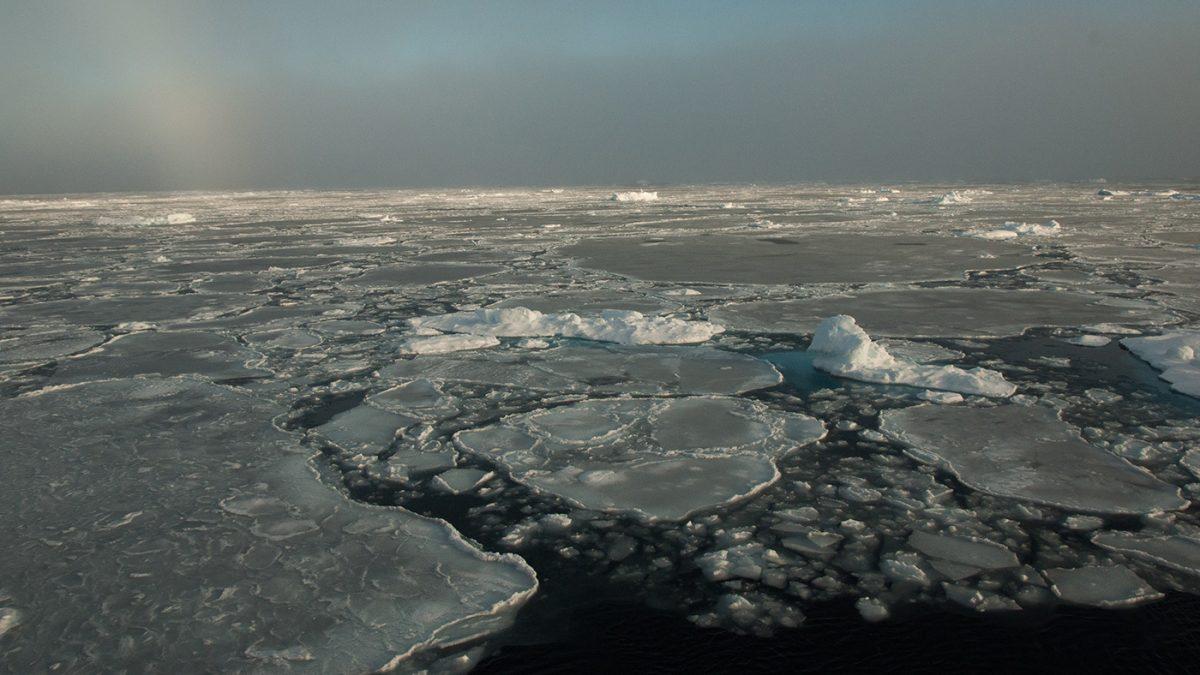There are many reasons to be concerned about water. Cape Town, a port city in South Africa, is suffering from horrible drought and, despite every attempt to conserve water, is set to turn off taps in May. We know that water can be contaminated with substances such as lead, like what happened in Flint, Michigan. Oil spills in the ocean can cause damage to sea life. Water levels around the world are rising as Earth’s ice caps melt. However, the one aspect of water that you probably do not concern yourself with is its structure.
We know the chemical formula for water: H2O. Water can be frozen as a solid, remain a liquid over a large range of temperatures or even exist as vapor in the air. For most people, the shape and properties of water are unquestionable. However, physicists at the Lawrence Livermore National Laboratory in California have found a form of water that is both a solid and a liquid at the same time. Though this form of water is not found naturally on Earth, the researchers believe that it is present on Neptune and Uranus. It has been dubbed ‘superionic water.’
To understand the significance of the name, it is critical to understand more about the structure of this substance. The superionic water was created under conditions of extremely high heat and pressure. In order to achieve the necessary environment, the team of physicists, led by Marius Millot, pressed water between pieces of diamond. The pressure exerted on the water was thousands of times more intense than the normal air pressure that we feel on Earth’s surface. This diamond squeeze resulted in a form of ice that is incredibly dense and solid at room temperature.
The next step was to heat the ice up, mimicking the atmosphere of Neptune or Uranus, achieved using a laser. The laser heated the ice for less than a second but raised both the temperature and pressure astronomically. The result was superionic water.
The structure of the superionic water was described by Millot as “really strange.” The oxygen molecules formed a rigid, densely-packed lattice structure. The positively-charged nuclei of the hydrogen atoms, however, moved freely. This is drastically different from the form water usually takes when it forms a lattice or, in other words, freezes. Under normal, Earth-like freezing conditions, the V-shaped water molecules bind together to form an expanded, solid structure. Scientists are now being confronted with a form of matter that is not simply a solid or a liquid.
The use of the word ‘matter’ above was deliberate. As scientists discover more about water and the forms it can take, the implications go far beyond just one type of ‘stuff’ on Earth. This discovery, and others like it, are changing the way that we think about materials. Perhaps there will come a time when we can engineer a substance with exactly the properties we want. In the meantime, stay hydrated, and know that water is contributing not just to your health, but also to the scientific understanding of our entire universe.






